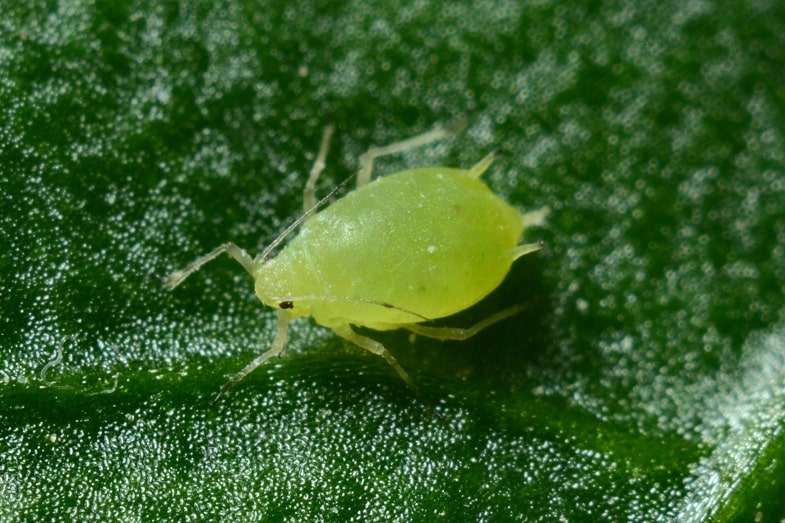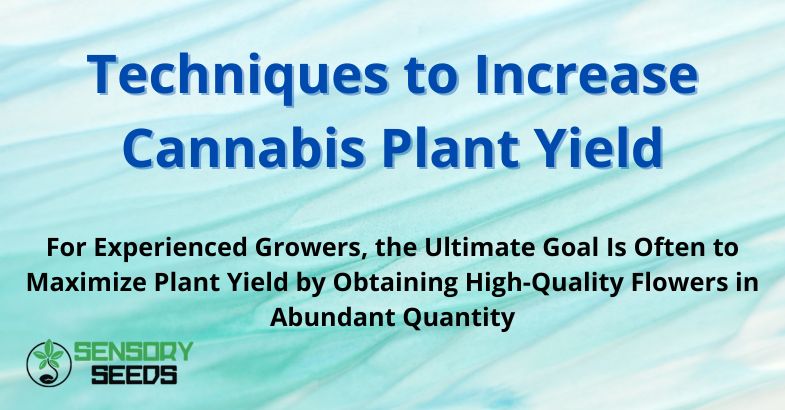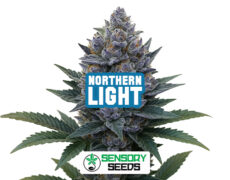Published on: 20/09/2024
For Experienced Growers, the Ultimate Goal Is Often to Maximize Plant Yield by Obtaining High-Quality Flowers in Abundant Quantity
While basic techniques can provide a good yield, the adoption of advanced strategies can make the difference between an average and an exceptional harvest.
In this article, we will explore several advanced techniques to improve the yield of cannabis plants, focusing on various aspects such as genetics, environmental management, resource optimisation and cultivation practices.
Step 1: Selecting the Right Seeds
The foundation of a bountiful and high-quality harvest starts with selecting the right cannabis seeds. There are numerous cannabis strains, each with unique characteristics in terms of yield, potency, and environmental adaptability. Therefore, choosing strains known for their high yield is a crucial first step
Step 2: Environmental Management
The growing environment plays a critical role in the final yield of cannabis plants. Optimizing environmental conditions can stimulate vigorous growth and high production. Temperature, humidity, ventilation, and light are the main environmental factors to consider.
Temperature and Humidity
The optimum temperature for cannabis cultivation ranges between 20 and 28 degrees Celsius during the day, with a slight decrease at night. Extremes in temperature can stress the plants, reducing photosynthesis and, consequently, the yield. Humidity, on the other hand, must be closely monitored. During the vegetative phase, humidity levels around 60% are optimal, while in the flowering phase, it should be reduced to 40-50% to prevent mold and fungal diseases.
Read also: The Origin of Cannabis


Light
Light is the vital energy source for cannabis plants, and its spectrum, intensity, and duration directly influence growth and yield. The use of full-spectrum LED lights is highly recommended for their energy efficiency and ability to provide the complete range of colors necessary for growth and flowering. Lighting should be adjusted to provide an 18-hour light cycle during the vegetative phase and 12 hours during the flowering phase, simulating natural seasonal conditions.
Ventilation
Good ventilation is essential to prevent the buildup of moisture and heat, as well as to provide a constant supply of carbon dioxide, which is necessary for photosynthesis. Using fans and exhaust systems helps keep the air moving, reducing the risk of diseases and improving plant robustness.
Pruning Techniques and Training
Pruning and training plants are advanced methods for maximizing yield through manipulation of the plant’s growth. Low-Stress Training (LST) and High-Stress Training (HST) are two techniques that can significantly boost production.
Low-Stress Training (LST)
Low-Stress Training (LST) involves bending and tying down the plant’s branches to create a wider and more horizontal structure. This allows more light to reach the lower nodes, stimulating the growth of additional flowering sites and increasing overall yield. LST is particularly useful for minimizing plant stress and keeping the plant healthy throughout the entire growth cycle.
High-Stress Training (HST)
High-Stress Training (HST), which includes techniques such as topping and supercropping, involves the controlled breaking of branches to stimulate the growth of new lateral shoots. This technique encourages the plant to develop more flowering sites and can lead to a significant increase in production. However, HST must be performed carefully to avoid excessive damage to the plant that could compromise its health.
Advanced Plant Nutrition
Cannabis plant nutrition is essential for maximizing yield. Using balanced and stage-specific fertilizers is crucial for optimal growth.


Macronutrients and Micronutrients
Cannabis plants require a proper balance of macronutrients (nitrogen, phosphorus, and potassium) and micronutrients (such as calcium, magnesium, and iron) to grow healthily and productively. The same nutrients should be provided to the plant even when cannabis seeds are just planted, including autoflowering varieties. During the vegetative stage, nitrogen is particularly important for promoting vigorous growth, while in the flowering stage, phosphorus and potassium support flower development.
pH Adjustment
The pH of the soil or nutrient solution plays a crucial role in nutrient absorption. Maintaining a pH between 6.0 and 7.0 for soil cultivation, and between 5.5 and 6.5 for hydroponic systems, ensures that plants can optimally absorb nutrients. Regular monitoring and adjustment of pH are essential to prevent nutrient deficiencies or toxicities that could negatively impact yield.
Monitoring and Automation
Modern technology provides advanced tools for monitoring and automating cannabis cultivation, allowing growers to optimize every aspect of the growth process. Sensors can continuously monitor levels of temperature, humidity, CO2, and light, providing real-time data that helps growers make precise adjustments to optimize growth. Using these tools helps reduce human error and improve overall cultivation efficiency.
Pest Prevention and Control
Pest control is crucial for maintaining a healthy and productive cultivation. Advanced Integrated Pest Management (IPM) techniques can help prevent and control infestations without compromising the quality of the harvest.
Regular cleaning of equipment and the growing space is essential to prevent the spread of parasites and diseases. Additionally, crop rotation and periodic soil resting can help disrupt the life cycle of pests, reducing their presence and the risk of infestations.
Read also: The Differences Between Cannabis Sativa, Indica, and Ruderalis: What Makes Each Variety Unique
In Conclusion
Increasing cannabis yields is an achievable goal through the application of advanced techniques that require knowledge, dedication, and constant attention to detail. From selecting the right genetics, such as the various strains offered by SensorySeeds, to optimizing the growing environment, managing nutrition, and controlling pests, every aspect of the cultivation process can be refined to maximize productivity. By integrating these strategies, growers can achieve abundant and high-quality harvests, meeting the demands of a continuously expanding market.









